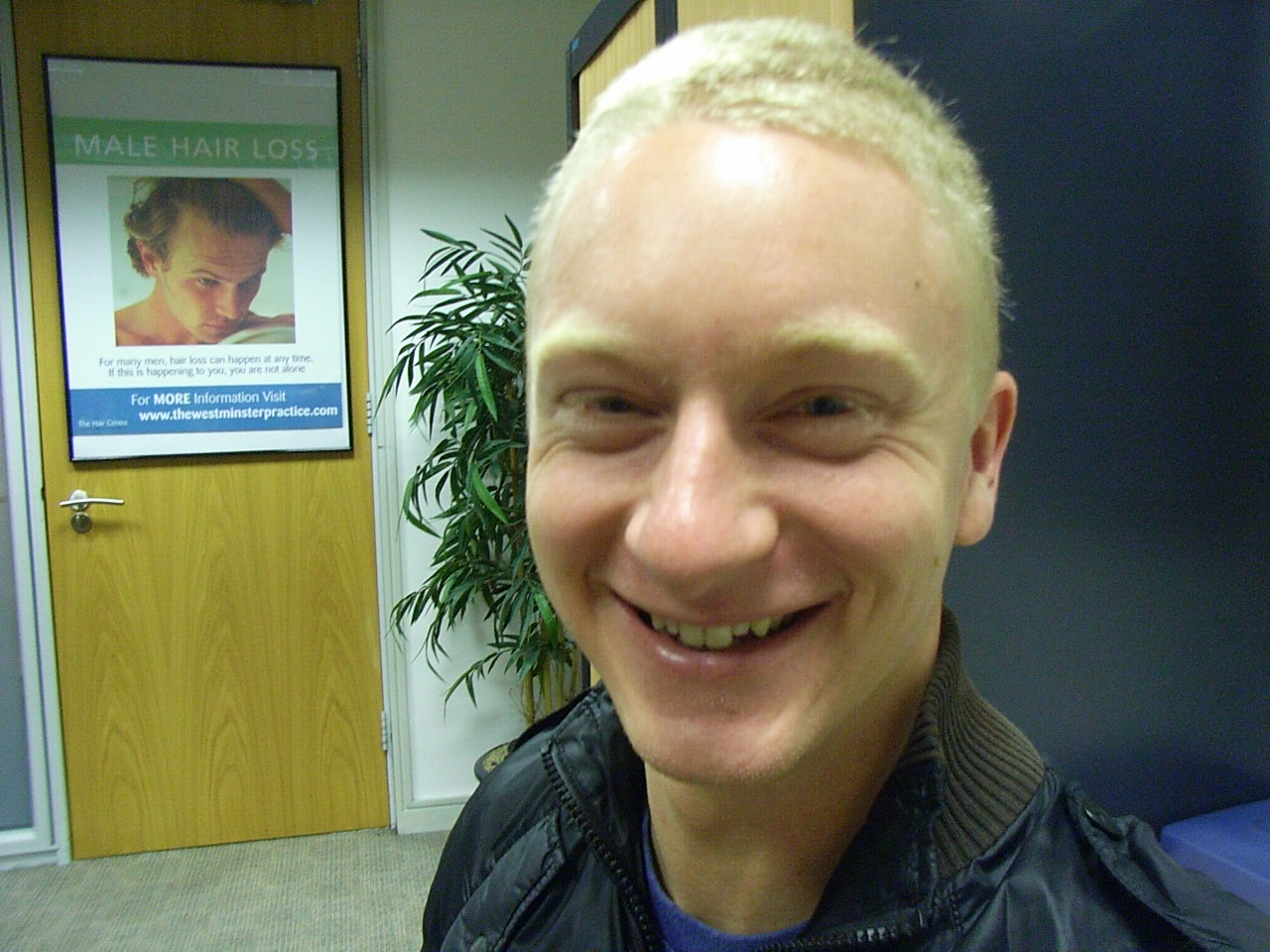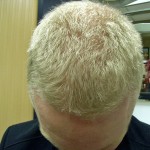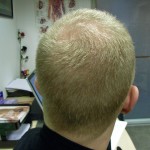14.01.2009
in TRICHOLOGIST
 PLUG-IN FOR SUCCESS: Looking for a job? Don that suit — and be hirsute.
PLUG-IN FOR SUCCESS: Looking for a job? Don that suit — and be hirsute.
One expert says the balding are at a distinct disadvantage, especially in today’s tight job market.
“If you’re looking for a job right now, if you match up a person with hair to a non-hairy person, the competitive marketplace tends to favour the people with hair,” said Dr. William Rassman, a hair restoration surgeon and author of “Hair Loss & Replacement for Dummies.”
Increasing the hairs on one’s head, he said, can boost self-confidence and even a career.
Rassman, who has been transplanting hair for 18 years, said his patients, especially those in the performing arts, have benefited from the surgeries, which are usually done in several sessions over the course of about a year.
And a full mane can help propel one even to the highest office.
“Take a look at all the presidents of the U.S. How many of them were bald? Eisenhower was the last one. Hair like Clinton’s helps a lot; hair like Obama’s got helps a lot,” he said.
Hair restoration can cost anywhere from $3,000 to $10,000, depending on the amount of hair that needs to be transplanted. Drugs to slow down hair loss, such as Propecia, made by Merck & Co., meanwhile, would run about $900 a year, he said, and are not covered by insurance.
But a hairy head’s value is incalculabe, Rassman said.
“If you land the executive job you want because you look good, I don’t know how you put a value on that.”
RISKY BUSINESS: Iraq may be a major danger zone, but when it comes to safety habits at home, Americans regularly go AWOL.
Nearly three-quarters of respondents to a recent survey said they clean their inner ears with Q-Tips. More than half don’t regularly wear sunscreen. Almost 60 per cent don’t usually wear a helmet when biking.
A recent Consumer Reports survey, available in the February issue of the magazine, found that Americans engage in lots of risky behaviour, whose consequences can include skin cancer, fatal road accidents and loss of limbs.
Driving habits were a problem area – 53 per cent of those polled said they talk on a cellphone without a hands-free device while driving, while half don’t come to a complete halt at stop signs and 69 per cent admit to speeding on highways. Nearly half said they speed on local roads. A quarter admitted they don’t always fasten their seatbelts.
Americans are also putting themselves at risk for a tumble, with 61 per cent saying they don’t have a rubber mat at the bottom of the tub, while more than a third said they left items on the stairs at home.
There is some good news, however: almost 90 per cent said they don’t usually have a beer while using a power tool or lawnmower, and 87 per cent don’t text and drive.
The random survey polled 1,001 U.S. adults via telephone in October.
Do you have Hair Loss Problems, read our Hair Loss Help

















